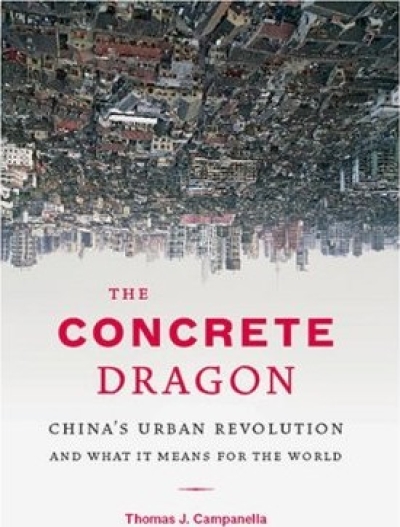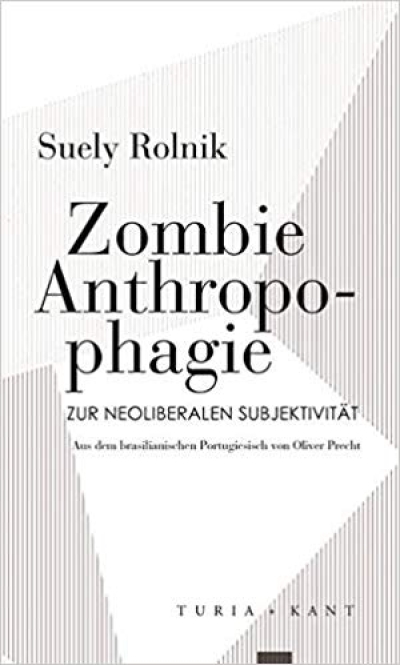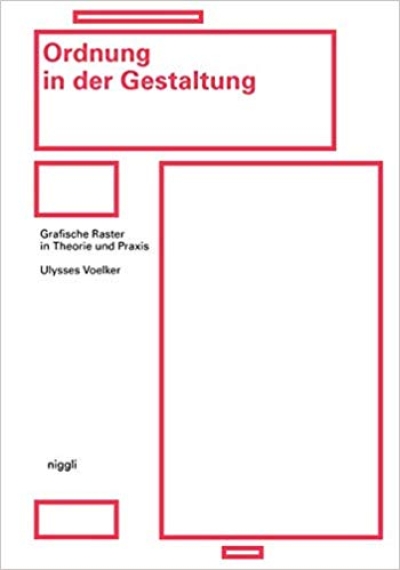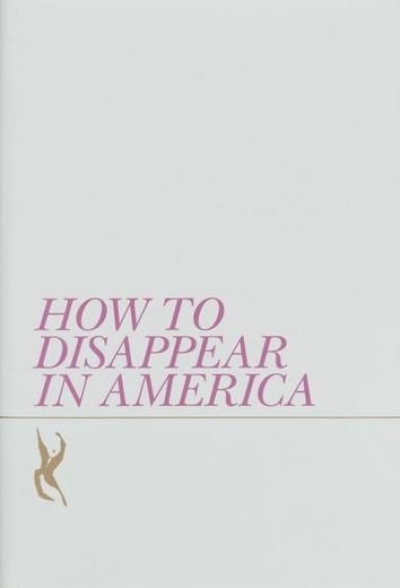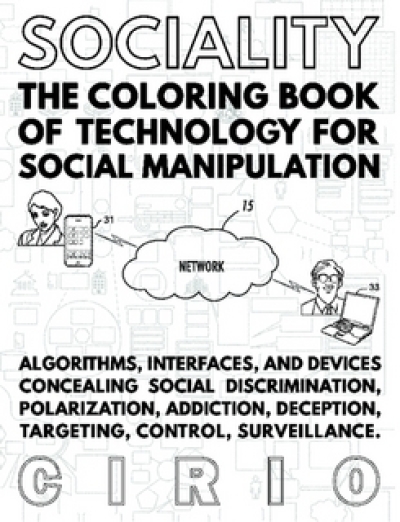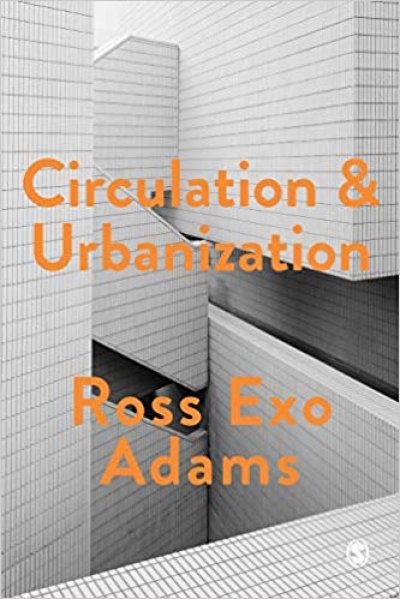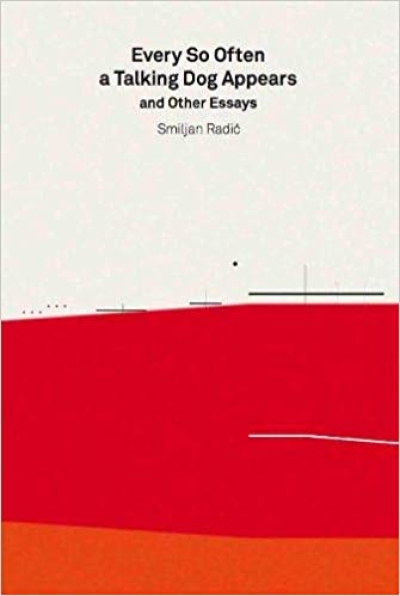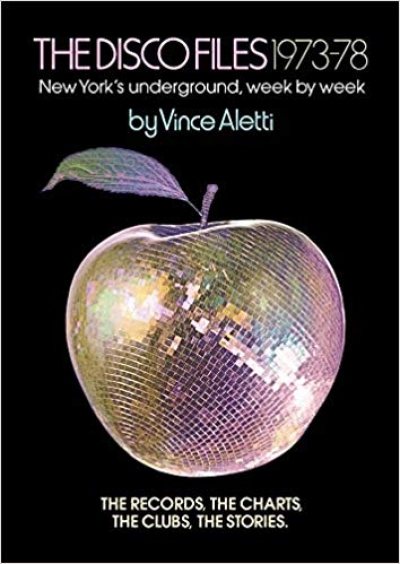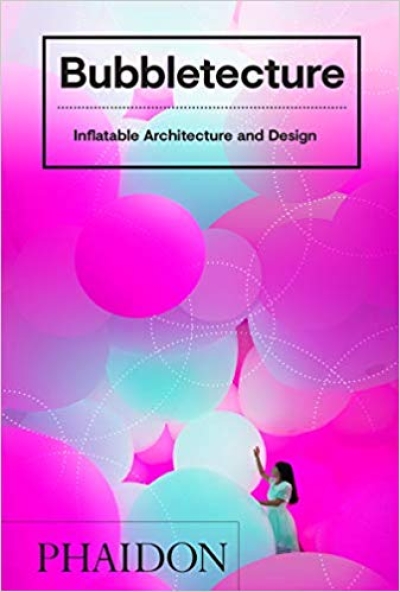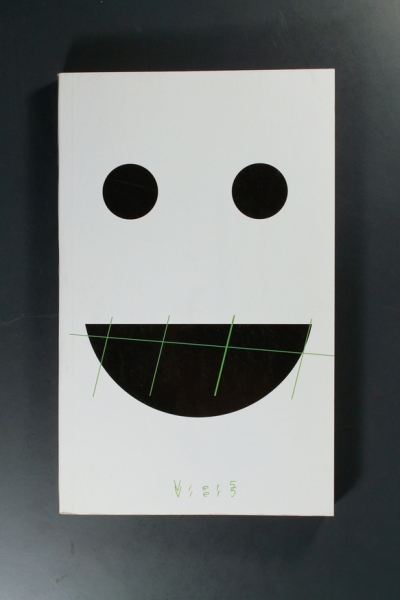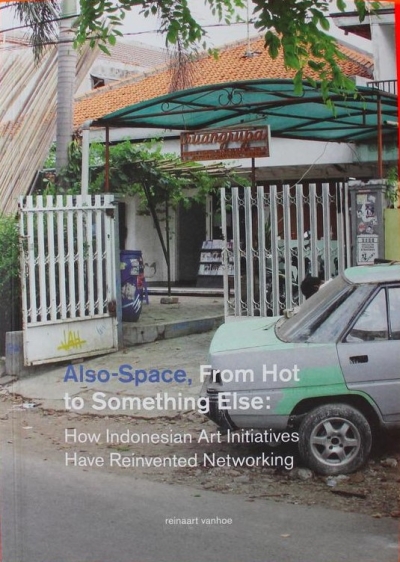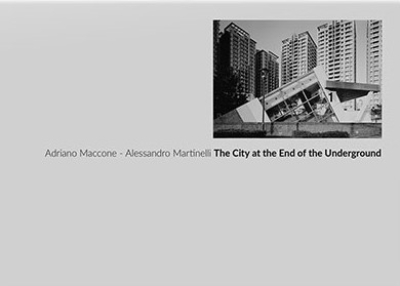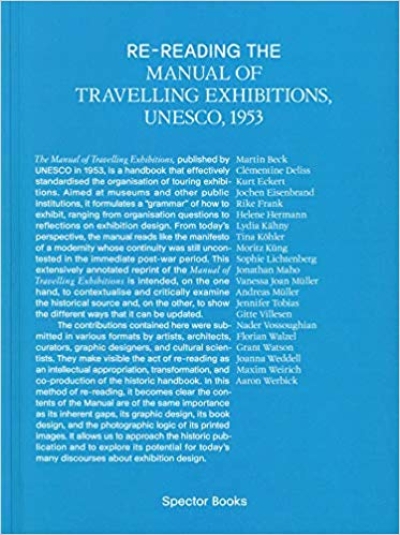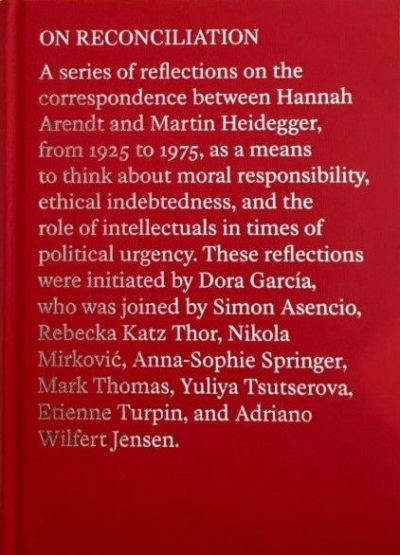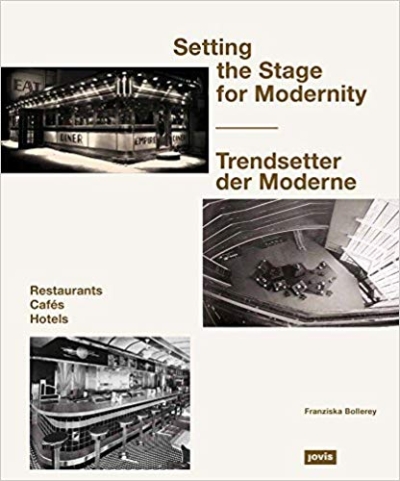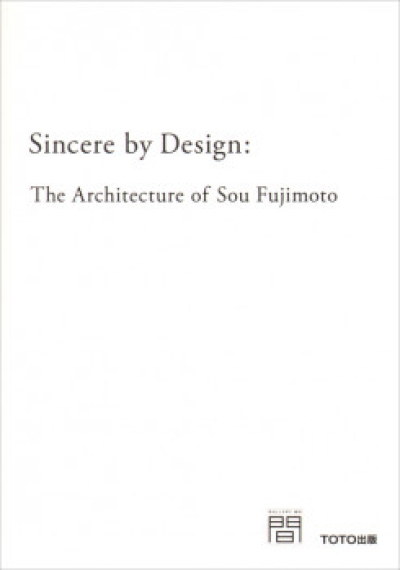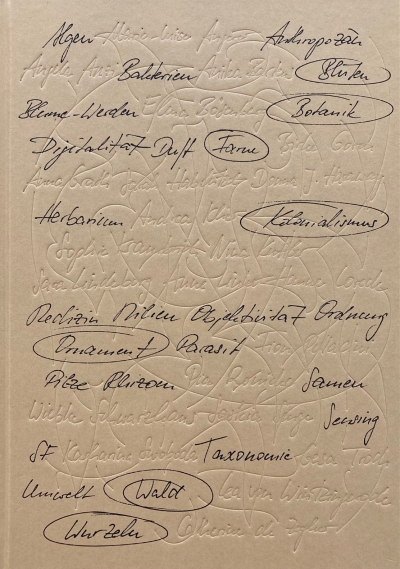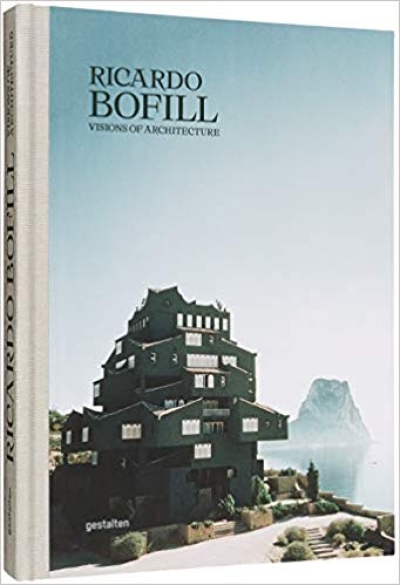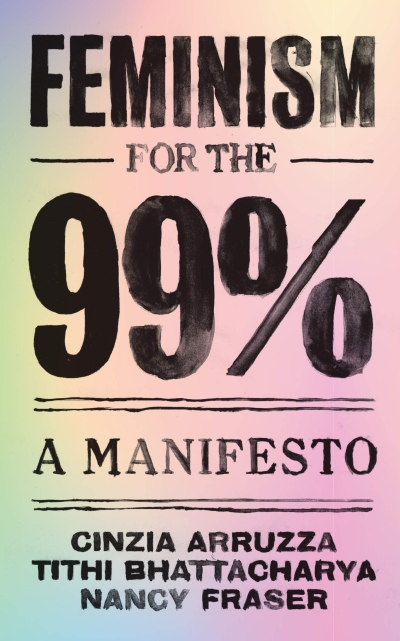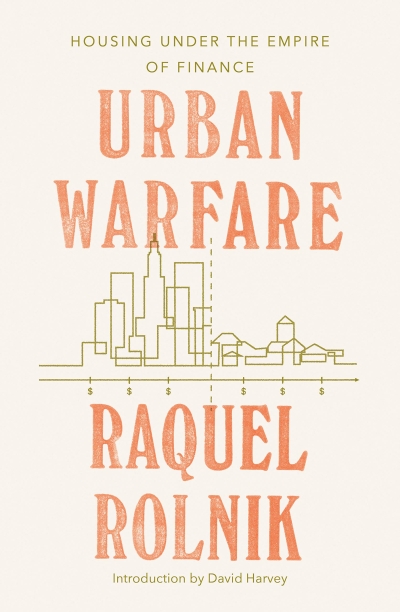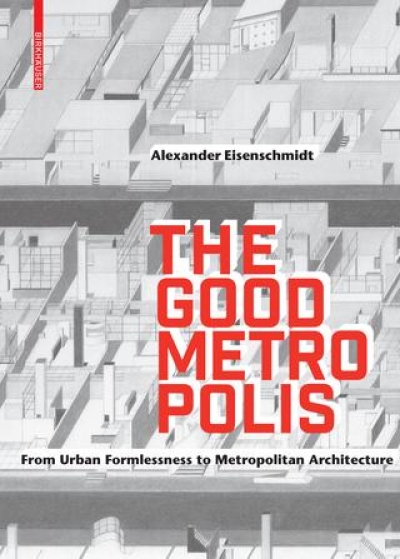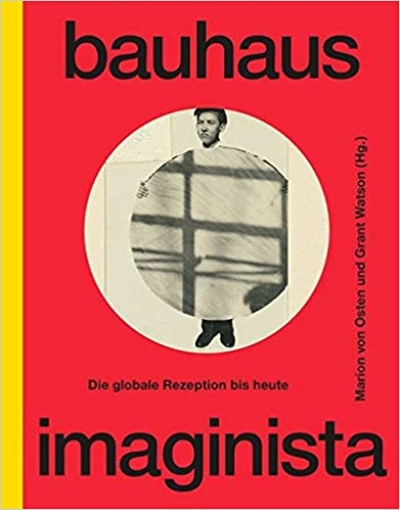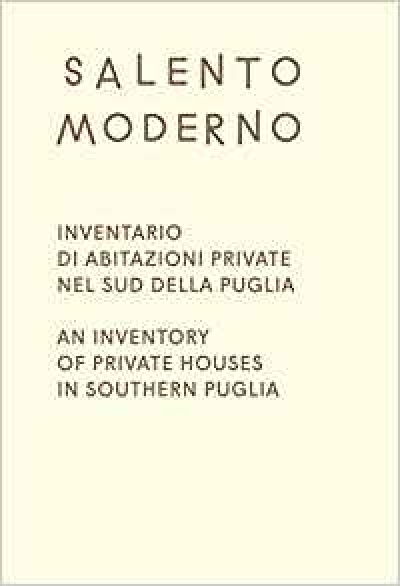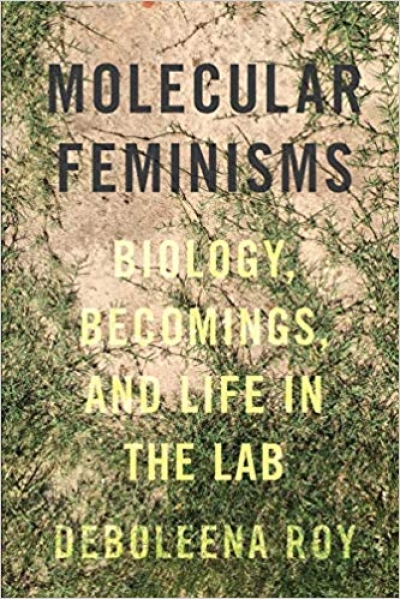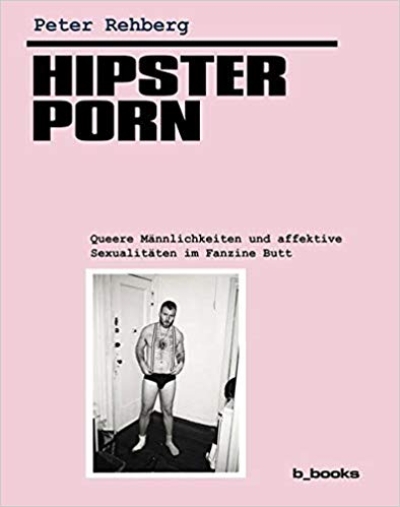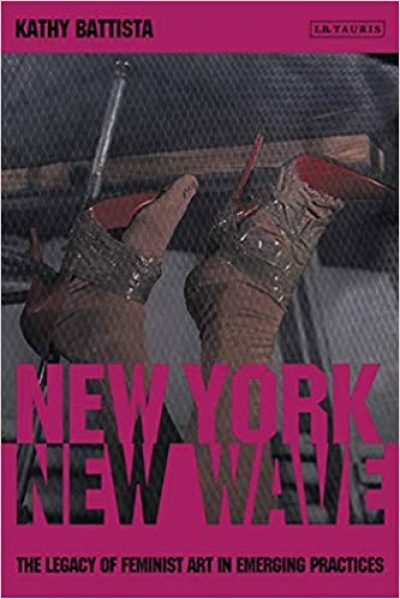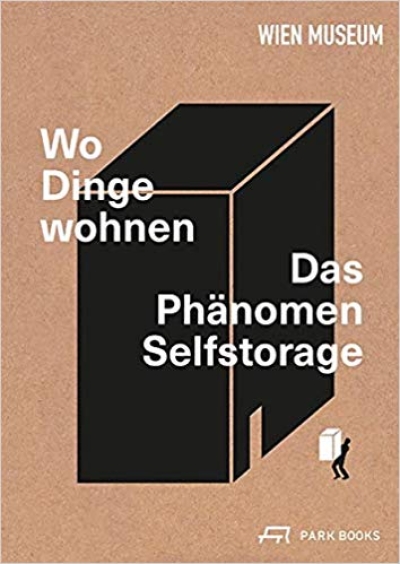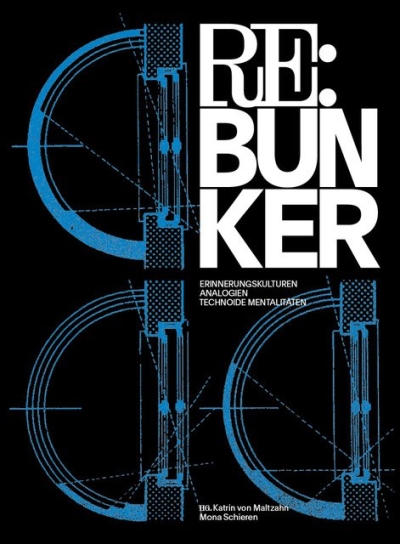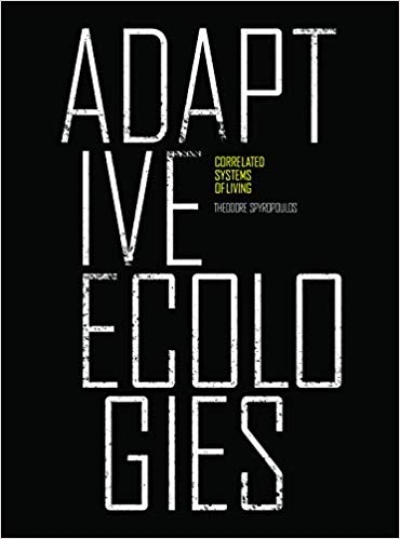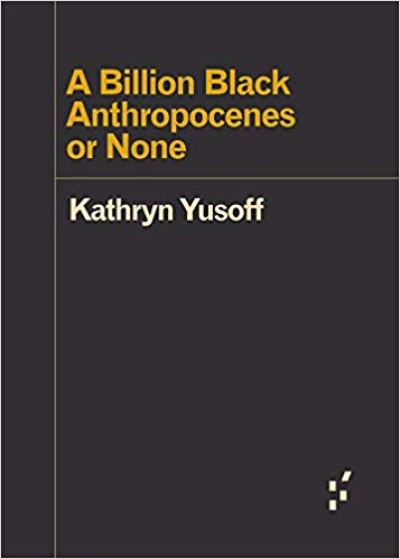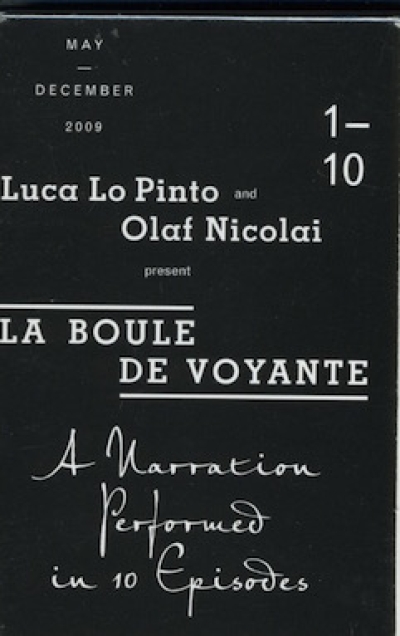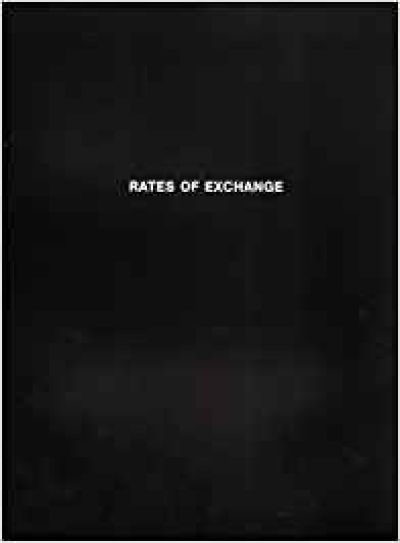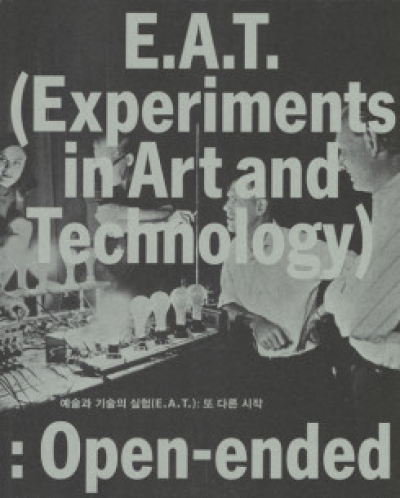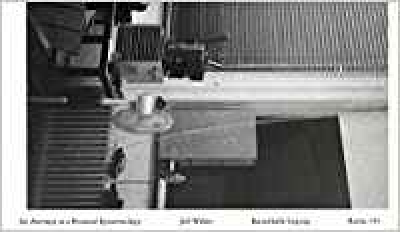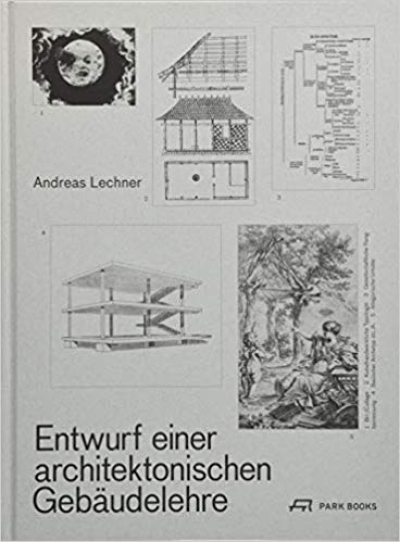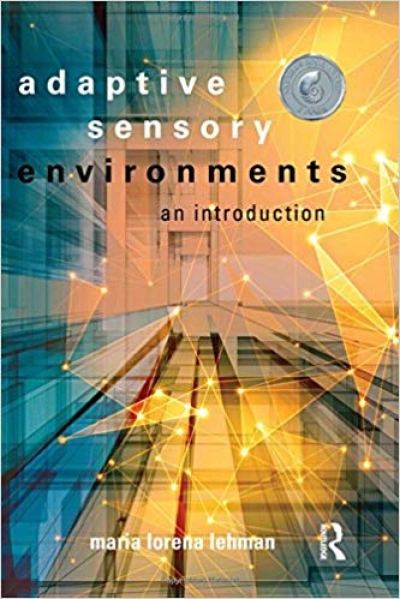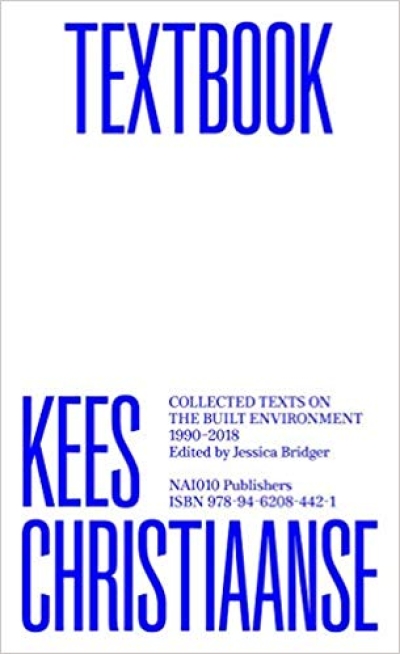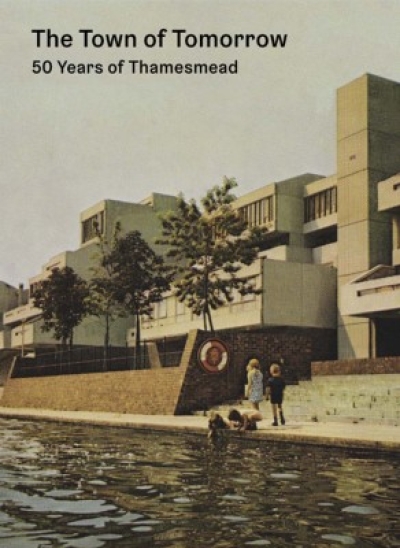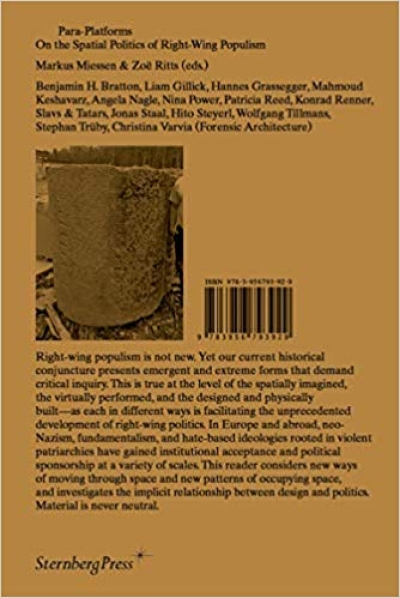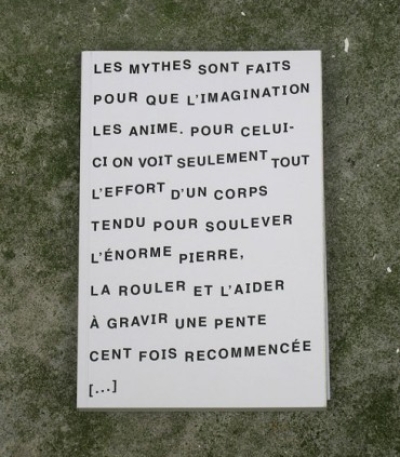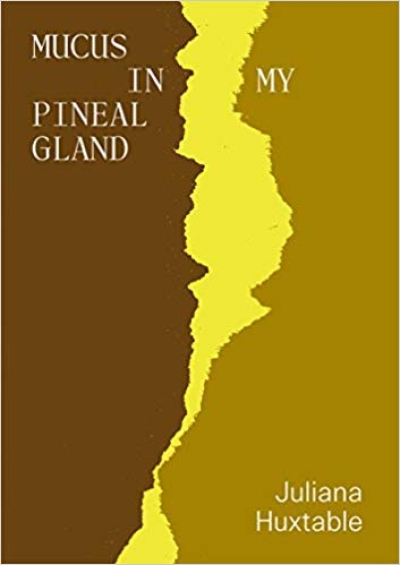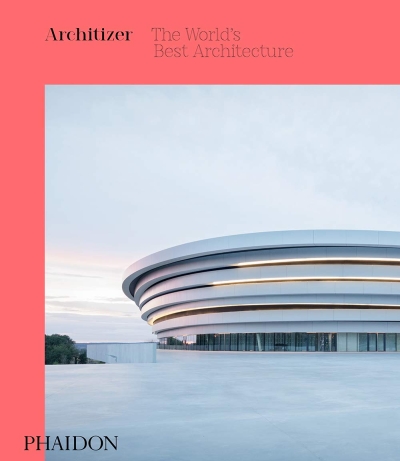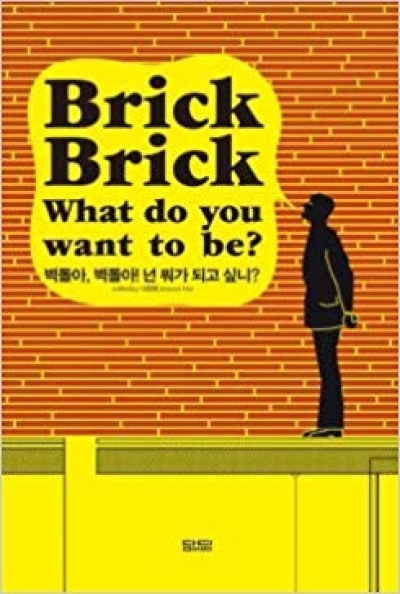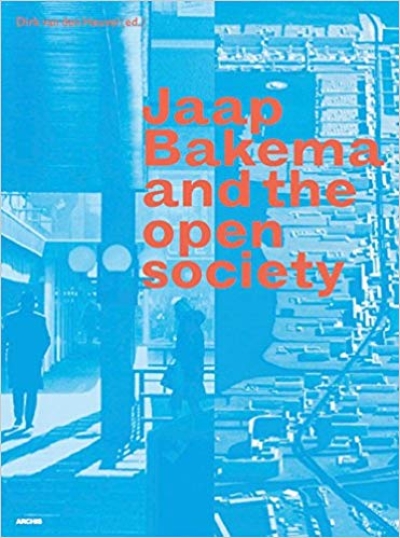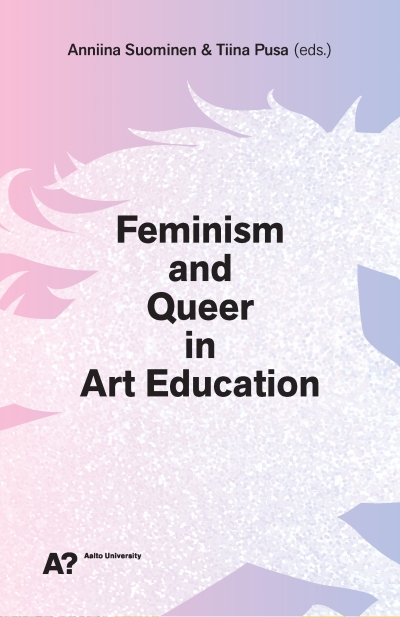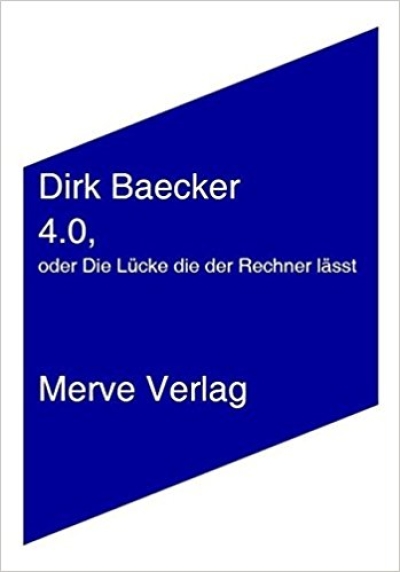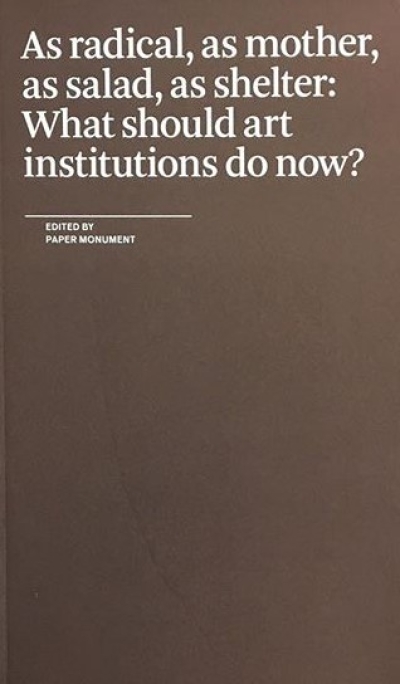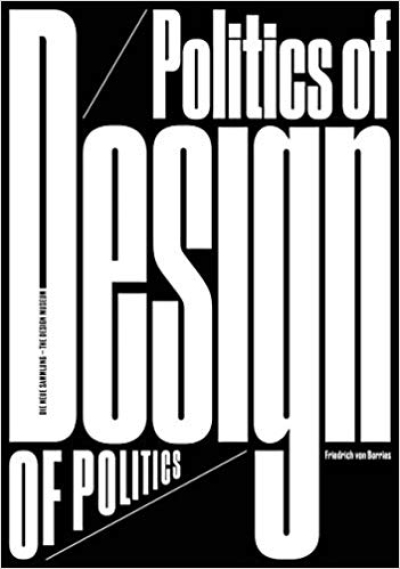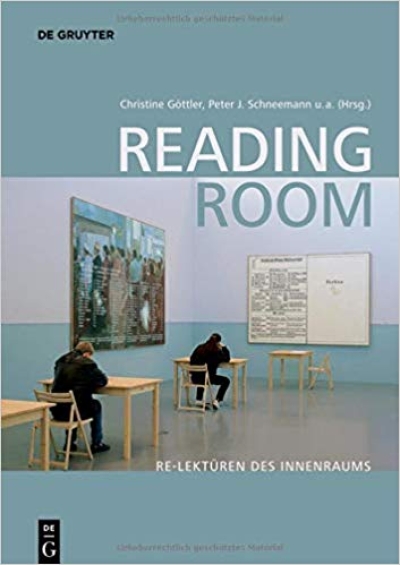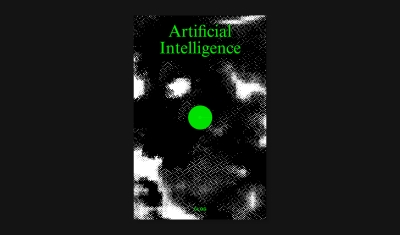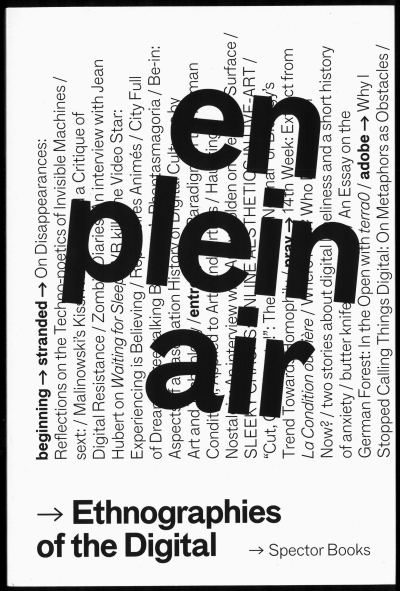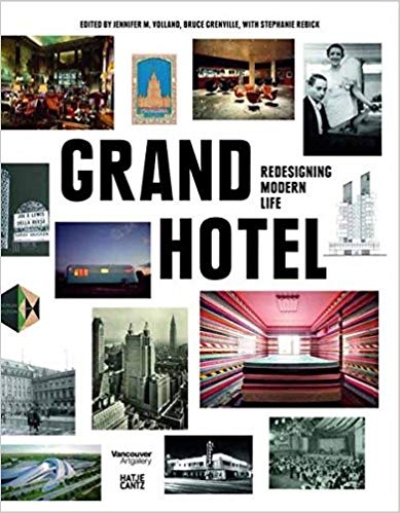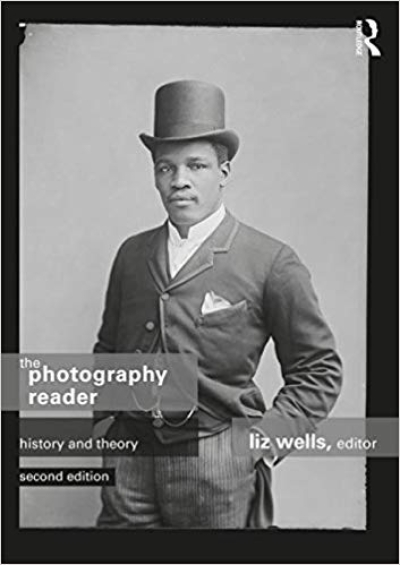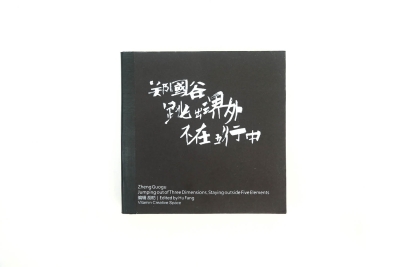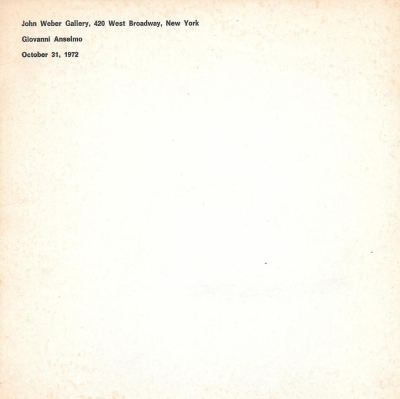Suely Rolnik
Zombie Anthropophagie: Zur neoliberalen Subjektivität
Ulysses Voelker
Ordnung in der Gestaltung: Grafische Raster in Theorie und…
Seth Price
How to Disappear in America
Paolo Cirio
Sociality. The Coloring Book of Technology for Social…
Beatriz Colomina
X-Ray Architecture
Ross E. Exo Adams
Circulation and Urbanization
Bruno Flierl
Haus Stadt Mensch. Über Architektur und Gesellschaft.…
Jon Savage
This Searing Light, the Sun and Everything Else: Joy…
Smiljan Radic
Every So Often a Talking Dog Appears and other essays
Vince Aletti
The Disco Files 1973-78: New York's Underground, Week…
Sharon Francis
Bubbletecture: Inflatable Architecture and Design
Grace Lees-Maffei , Nicolas P. Maffei
Reading Graphic Design in Cultural Context
Moisei Ginzburg
Style and Epoch. Issues in Modern Architecture
Michalis Pichler
Publishing Manifestos: An International Anthology from…
Vier5
Modern typefaces
Reinaart Vanhoe
Also-Space, From Hot to Something Else : How Indonesian Art…
Dehlia Hannah (Ed.)
A Year Without a Winter
A. Maccone, A. Martinelli
The City at the End of the Underground
Andreas Müller, Lydia Kähny, Sophie…
Re-reading the Manual of Travelling Exhibitions
Dora García (Ed.)
On Reconciliation / Über Versöhnung
Bodo Mrozek
Jugend – Pop – Kultur: Eine transnationale Geschichte
Franziska Bollerey
Setting the Stage for Modernity. Trendsetter der Moderne:…
Sou Fujimoto, Noriko Takiguchi
Sincere by Design: The Architecture of Sou Fujimoto
Dario Scodeller (Ed.)
The Design of the Castiglioni Brothers. Research…
Loreck, Klier, Lindeborg (Hg.)
(Mit) Pflanzen kartografieren - Mapping (with) Plants
Klanten, Niebius, Marinai (Hg.)
Ricardo Bofill. Visions of Architecture
Cinzia Arruzza, Tithi Bhattacharya,…
Feminism for the 99%. A Manifesto
Raquel Rolnik
Urban Warfare. Housing under the Empire of Finance
Alexander Eisenschmidt
The Good Metropolis: From Urban Formlessness to…
Marion von Osten, Grant Watson (Hg.)
Bauhaus Imaginista. Die globale Rezeption bis heute
Davide Giannella, Massimo Torrigiani (…
Salento Moderno. An Inventory of Private Houses in Southern…
Deboleena Roy
Molecular Feminisms: Biology, Becomings, and Life in the Lab
Peter Rehberg
Hipster Porn: Queere Männlichkeiten, affektive Sexualitäten…
Daniel Falb
Geospekulationen: Metaphysik für die Erde im Anthropozän
Kathy Battista
New York, New Wave: The Legacy of Feminist Artists in…
Martina Nußbaumer, Peter Stuiber
Wo Dinge wohnen: Das Phänomen Selfstorage
Jörg Friedrich (Hg.)
Refugees Welcome: Konzepte für eine menschenwürdige…
Katrin von Maltzahn, Mona Schieren (Hg)
RE:BUNKER. Erinnerungskulturen, Analogien, Technoide…
Theodore Spyropoulos
Adaptive Ecologies. Correlated Systems of Living
Kathryn Yusoff
A Billion Black Anthropocenes or None
Franco ‘Bifo’ Berardi
The Second Coming
Lisson Gallery London
John Latham Films 1960 - 1971
Luca Lo Pinto, Olaf Nicolai
La Boule de Voyante: A Narration Performed in 10 Episodes
Allan Kaprow
Rates of Exchange
Deoksun Park, Julie Martin
E.A.T. (Experiments In Art And Technology). Open-ended
Teal Triggs, Leslie Atzmon
The Graphic Design Reader
Jeff Weber
An Attempt At A Personal Epistemology
Andreas Lechner
Entwurf einer architektonischen Gebäudelehre
Otto, Barnstone, Rossler (Hg.)
Bauhaus Bodies: Gender, Sexuality, and Body Culture in…
Maria Lorena Lehman
Adaptive Sensory Environments: An Introduction
Kees Christiaanse
Kees Christiaanse Textbook. Collected Texts on the Built…
T. Flierl, P. Oswalt
Hannes Meyer und das Bauhaus. Im Streit der Deutungen
Peter Chadwick, Ben Weaver (Eds.)
The Town of Tomorrow: 50 years of Thamesmead
M. Miessen, Z. Ritts (Hg)
Para-Platforms On the Spatial Politics of Right-Wing…
Robin Waart
Part One
Juliana Huxtable
Mucus in My Pineal Gland
Architizer (Ed.)
Architizer: The World's Best Architecture
Jinyoun Na (Ed.)
Brick, Brick What Do You Want To Be?
Dirk Van Den Heuvel (Ed.)
Jaap Bakema And The Open Society
A. Suominen, T. Pusa (Hg)
Feminism and Queer in Art Education
Dirk Baecker
4.0 oder Die Lücke die der Rechner lässt
Ekim Tan
Play the City: Games Informing the Urban Development
Wulf Herzogenrath
Das bauhaus gibt es nicht
Cours de Poetique
The Listening Reader
Paper Monument
As Radical, As Mother, As Salad, As Shelter: What Should…
Annette Menting, Walter Prigge (Hg)
Modernes Sachsen. Gestaltung in der experimentellen…
Friedrich von Borries
Politics of Design. Design of Politics
Christine Göttler, Peter J. Schneemann…
Reading Room. Re-Lektüren des Innenraums
T'ai Smith, Ruby Hoette
Modus: A Platform for Expanded Fashion Practice
CLOG 22
Artificial Intelligence
Sibilla Calzolari
Wait - Smoke - Sleep
Karambeigi, Ostertag, Rossol, Schwarzer…
En Plein Air: Enthnographies of the Digital
Philipp Oswalt (Hg)
Hannes Meyers neue Bauhauslehre. Von Dessau bis Mexiko. (…
Matt Keegan (Ed.)
North Drive Press. NDP Nr. 2
Schultz, Wiedemann-Tokarz, Herrmann (Hg…
Farbe räumlich denken: Positionen, Projekte, Potenziale
Volland, Rebick, Grenville (eds.)
Grand Hotel. Redesigning Modern Life
Liz Wells (Ed.)
The Photography Reader: History and Theory (2nd Ed.)
Matthias Herrmann (Hg.)
Artists' Books Revisited
Zheng Guogu
Jumping out of Three Dimensions, Staying outside Five…
John Weber Gallery
Giovanni Anselmo
Hubert Fichte
The Black City. Glosses
Eija-Liisa Ahtila
Anne, Aki i Déu
Kim Trogal, Irene Baumann, Ranald…
Architecture & Resilience. Interdisciplinary Dialogues
Kader Attia
Architektur der Erinnerung / Architecture of Memory
Henrik Plenge Jakobsen
Organisation Faust (LP)
Gem Barton
Don't Get Job ... Make a Job: How to make it as a…
Marc Angélil, Cary Siress
Mirroring Effects. Tales of Territory
Hito Steyerl
Duty Free Art: Kunst in Zeiten des globalen Bürgerkriegs
Mathias Burke, Eleonore Harmel, Leon…
Ländliche Verheissung. Arbeits- und Lebensprojekte rund um…
Julian Raxworthy
Overgrown: practices between landscape architecture and…
Irenee Scalbert
A Real Living Contact with the Thing Themselves
Jesko Fezer, Martin Schmitz
Lucius Burckhardt: Wer plant die Planung? Architektur,…
Ines Kleesattel, Pablo Müller (Hg.)
The Future Is Unwritten: Position und Politik…
Thorsten Bürklin
Palladio, der Bildermacher
Christine Shaw & Etienne Turpin (…
The Work of Wind: Land
Anina Falasca, Annette Maechtel, Heimo…
Wiedersehen in TUNIX!
Helmut Höge
Pollerforschung
Ryuji Fujimura
The Form Of Knowledge, The Prototype Of Architectural…
